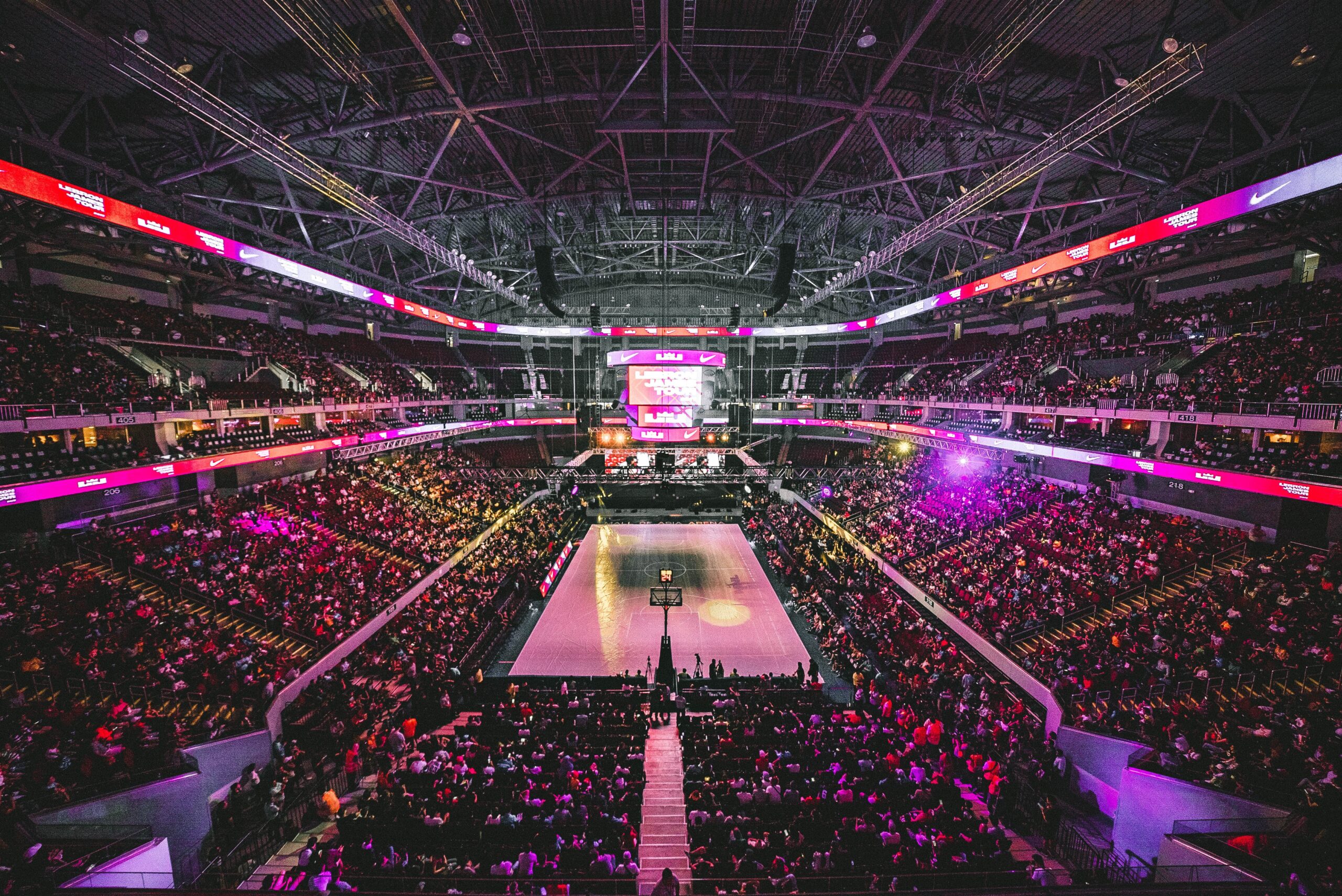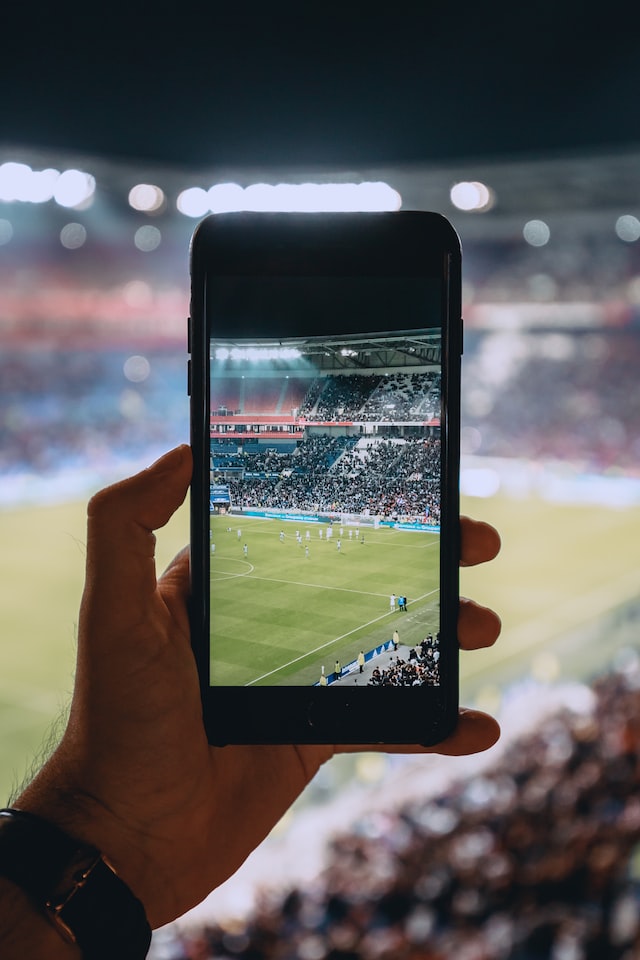The Technological Advances That Are Changing the NBA

In the realm of professional sports, few organizations have embraced the swift wave of technological innovation as fervently as the National Basketball Association (NBA). Over the last few decades, the league has leveraged advanced tech solutions to enhance game performance, improve player safety, and redefine fan engagement. From augmented reality to biometric wearables, these technological tools are not just supplementing the NBA experience; they're transforming it.
Player Performance and Biometric Wearables
The contemporary NBA player is more than an athlete, they're the nexus of a series of data points. The adoption of biometric wearables, such as the Catapult Sports' OptimEye, tracks everything from player movement, speed, and exertion levels to their heart rate and overall physical stress. These devices allow coaches and medical teams to monitor player fatigue, ensuring that athletes are rested adequately. As a result, when fans purchase NBA tickets, they can be assured they're seeing athletes at their peak, reducing the risk of injuries and maximizing performance on the court.
The Appearance of Virtual Reality (VR) and Augmented Reality (AR)
Training in the NBA is undergoing a VR revolution. Platforms like STRIVR allow players to don VR headsets and immerse themselves in real in-game scenarios. This immersive experience offers players a chance to practice without physical exertion, study opponent tactics, or even acclimatize to hostile away-game environments.
On the fans' side, AR is changing the viewing experience. The NBA AR app lets users access live stats, player bios, and even mini-games, blending the lines between passive watching and active engagement.
Smart Arenas and the Internet of Things (IoT)
Modern NBA arenas are architectural marvels laced with IoT devices. The Sacramento Kings' Golden 1 Center, for instance, has been dubbed the "smartest arena in the world". With solar panels that meet the building's energy needs, an app that guides fans to their seats and even helps locate the nearest restroom with the shortest line, the tech integration is enhancing fan experience immensely.
Advanced Game Analytics with SportVU
Gone are the days of manual game analysis. Systems like SportVU use six cameras installed in the arena's rafters to track every move of every player and the ball, 25 times per second. This results in a deluge of data, analyzing which allows teams to understand player efficiencies, optimize game strategies, and even predict player movements.
The Social Media and Streaming Revolution
The NBA's engagement with fans isn't limited to the physical arena. With over 150 million followers across Twitter, Facebook, and Instagram, the NBA leads in online fan engagement compared to other major American sports leagues. The integration of AR filters on platforms like Snapchat, real-time game highlights on Twitter, and player takeovers on Instagram Live offer fans unprecedented access to their favorite stars and teams.
Moreover, with the advent of streaming platforms, the NBA has continually sought partnerships beyond traditional broadcasters. The introduction of NBA League Pass and partnerships with tech giants like Amazon and Facebook have provided fans with more ways to consume content, often tailored to their preferences.
Officiating and the Video Replay Center
Refereeing in the NBA has always been a subject of contention. To improve game officiating, the NBA introduced the Replay Center in 2014. Equipped with 94 monitors and manned by a team of dedicated officials, the Replay Center assists on-court referees in making game-critical decisions in real-time. The integration of this tech ensures fair play and minimizes human error, a crucial factor in the high-stakes environment of professional basketball.
Engaging Fans with eSport: The NBA 2K League
Recognizing the burgeoning potential of eSports, the NBA became the first professional sports league in the U.S. to operate an eSports league — the NBA 2K League. It isn't merely a promotional tool but a legitimate league with teams owned by NBA franchises. For many fans, this has become a new way to engage with basketball, bridging the gap between traditional sport and its digital counterpart.
Expanding the Horizon: Future Technologies Poised to Impact the NBA
While the NBA has already harnessed a range of technologies, the ever-evolving tech landscape promises even more transformative solutions on the horizon. Here's a glimpse into the potential technologies and their implications for the future of the league:
- Real-time Health Monitoring and Personalized Nutrition:The next step from biometric wearables might be implantable chips and sensors that offer real-time monitoring of a player's health metrics, from hydration levels to muscle strain.
- Interactive and Smart Jerseys: The future NBA jersey might be more than just a piece of apparel. Smart fabrics could change color or design based on fan votes, player mood, or even the flow of the game.
- AI-Powered Strategy and Game Prediction: Teams are already leveraging AI for game analysis, but the future might see AI systems predicting opponent plays in real-time, advising coaches on substitution strategies based on fatigue levels, or even suggesting play calls during the game.
- Enhanced Virtual Fan Engagement: While VR and AR have started to make their mark, the future might witness 'Metaverse Arenas' where fans from across the globe can log in as avatars, experiencing the game as if they were physically present.
- Green Tech and Sustainable Arenas: Solar-powered arenas, rainwater harvesting systems, and even arenas built with sustainable materials could be the norm, reinforcing the league's position as a global leader in sports sustainability.
Conclusion
Technology's seamless integration into the NBA underscores a future where the game evolves not just through athletic prowess but through innovation. As these tools and platforms become more sophisticated, they promise an NBA experience that is more engaging, more precise, and more immersive than ever before. Both on and off the court, the NBA's commitment to technological advancement showcases a future-focused vision, setting a benchmark for leagues worldwide.




